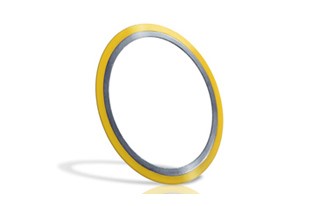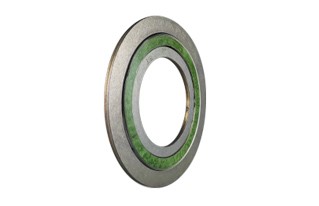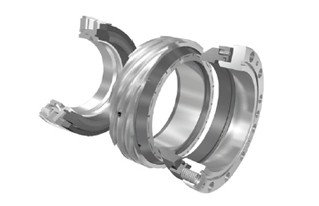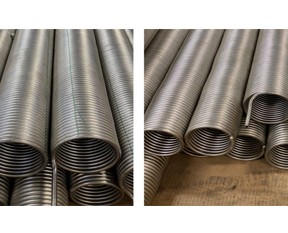Coil Tubing for Well Intervention
Wells can experience mechanical equipment failure, changes in production characteristics, plugging, increases in injection pressure, or other production issues. Coiled tubing is often used as an intervention to avoid removal of the original tubing with a workover rig, which essentially kills the well and stops production. As a cost-effective solution, coiled tubing is inserted into existing tubing against the pressure of the well during production.
According to Markets to Markets, "By service, the well intervention service segment is expected to make the largest contribution to the coiled tubing market during the forecast period."
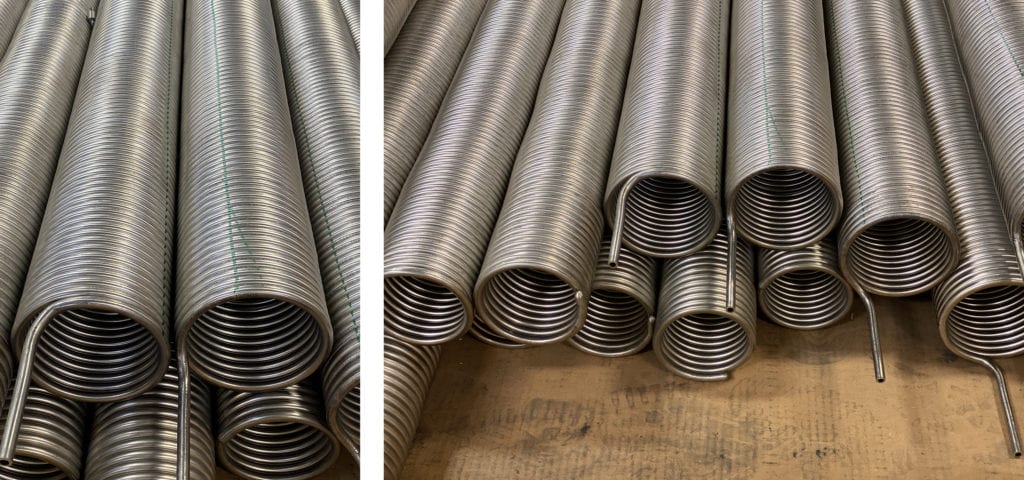
Characteristics of Coiled Tubing
Coiled tubing is a continuous length of flexible tubing made of steel or composite metal, generally 1 to 3.25 in (25 to 83 mm) in diameter. It is wound on a large reel and transported to the well site. It is then unspooled and inserted into the existing production string. The coiled tubing unit includes a reel with the coiled tubing, an injector, control console, power supply and well-control stack.
Benefits of Coiled Tubing
Coiled tubing has cost benefits. It is preferred over conventional straight tubing (which must be screwed together) and can be used on live high-pressure wells without ceasing operations. It allows cleanout and perforating the wellbore, retrieving and replacing damaged equipment, and has been used in enhanced oil recovery processes such as hydraulic and acid fracturing.
Other Industry Uses
Coiled tubing has been used in logging operations for real-time downhole measurements and wellbore treatments, as well as sand control and cementing operations.








